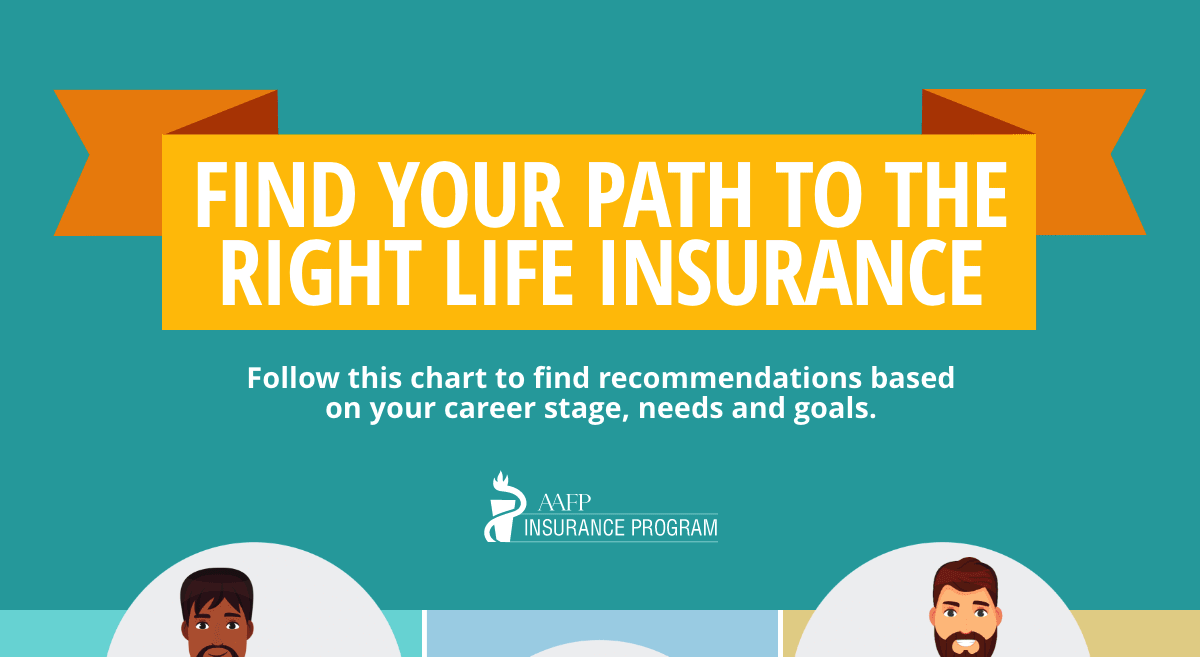Pros and cons of walk-in clinics
It’s difficult to ignore the numerous advantages of walk-in clinics, especially from a consumer’s standpoint. Not only do they offer convenient locations and office hours, they have the resources to treat common medical conditions, such as colds, sore throats, sinus infections, pink eye, earaches, rashes, etc. By employing nurse practitioners and physician assistants, these clinics are fully capable of providing basic preventive and wellness services. Since the inception of walk-in clinics in 2000, standard policies have been set by the American Medical Association, the American Academy of Family Physicians and the Convenient Care Association to ensure higher quality service while mitigating physician concerns.
In addition, many clinics have transparent pricing and accept common health insurance plans including Medicare and Medicaid. And with the Affordable Care Act in place, many preventive services will come free of charge with insurance. The combination of quality, accessibility and affordability is what has driven the growth and utilization of these clinics.
While retail clinics are winning the favor of patients nationwide, family physicians have their concerns, namely fragmentation of care and patient safety. Walk-in clinics may be capable of treating quick ailments, but do they have the knowledge and resources to treat patients with chronic conditions and other special healthcare needs?
Family physicians are trained to look past a simple cough or sore throat to diagnosis and treat more serious medical problems. There is a fear that these minute-clinics may be providing medical counseling and treatments outside their scope of work, ultimately compromising patient care. However, there has been no sufficient evidence to prove otherwise. In fact, patients who frequent walk-in clinics express high levels of satisfaction.
There is also a fear of potential conflicts of interest between pharmacy-owned clinics and the drugs that are prescribed to patients. While a physician’s main focus is to treat the patient, the pharmacy or the retailer may be more focused on pushing products and prescriptions.
But one of the main issues that family physicians are grappling with is competition from walk-in clinics. It is estimated that there will be over 3,000 walk-in clinics by the end of 2015, which means physician practices may see a drop in patient visits, directly translating into a drop in revenue. In 2009, there was an estimated six million retail clinic visits and the number continues to rise. If you’re concerned about the growing competition in the healthcare industry, here’s how you can compete with walk-in clinics – or at least retain your current patient load.
Get referred
While retail clinics may be your direct competition, find out what you can do to establish a collaborative relationship. Reach out to your local clinics and explore the opportunity of collaborating with them. Based on their services, see if you can secure referrals for patients who may need to schedule follow-up visits. For example, if the clinic only sees patients for minor illnesses or urgent care, you may inquire about becoming the physician of choice for ongoing care.
This relationship can work both ways. If you have patients who need same-day appointments but your practice cannot accommodate the request, you can refer them to the walk-in clinic for basic care such as an immunization or treatment for a urinary tract infection (UTI).
Establish trust
Retail clinics are still a fairly new medical concept. For some consumers, it may feel foreign to get an annual check-up in the same place where you can pick up your groceries. As an established physician, use your existing patient relationships to form trusting bonds that can’t be broken by a pop-up clinic. Reassure your patients that you have their best interest at heart and that while a walk-in clinic may be a convenient option for care, a nurse practitioner or physician assistant may not have the same insights as the doctor you’ve been seeing for years.
If you can’t beat them, join them
Walk-in clinics are popular for a reason – they offer certain conveniences that many family physician practices lack. Discover what these clinics have to offer and see if it’s possible for you to adopt their practices. Offer same-day or walk-in appointments that can be handled by your own nurse practitioner or physician assistant. You can also consider extending your office hours into the evenings or weekends. These are attractive features to both current and potential patients who want more accessible health care.
Physicians shouldn’t look at walk-in clinics as the enemy or a competitor they have to beat. The end goal should be to provide the best quality patient care possible as soon as someone needs it. Collaboration and medical standards are key to making both systems work together in harmony to create a healthier population.
Tell us: What are your thoughts on the growth of walk-in clinics and how have they affected your practice?
Photo Credit: Anthony92931/WikiMedia Commons/CC




